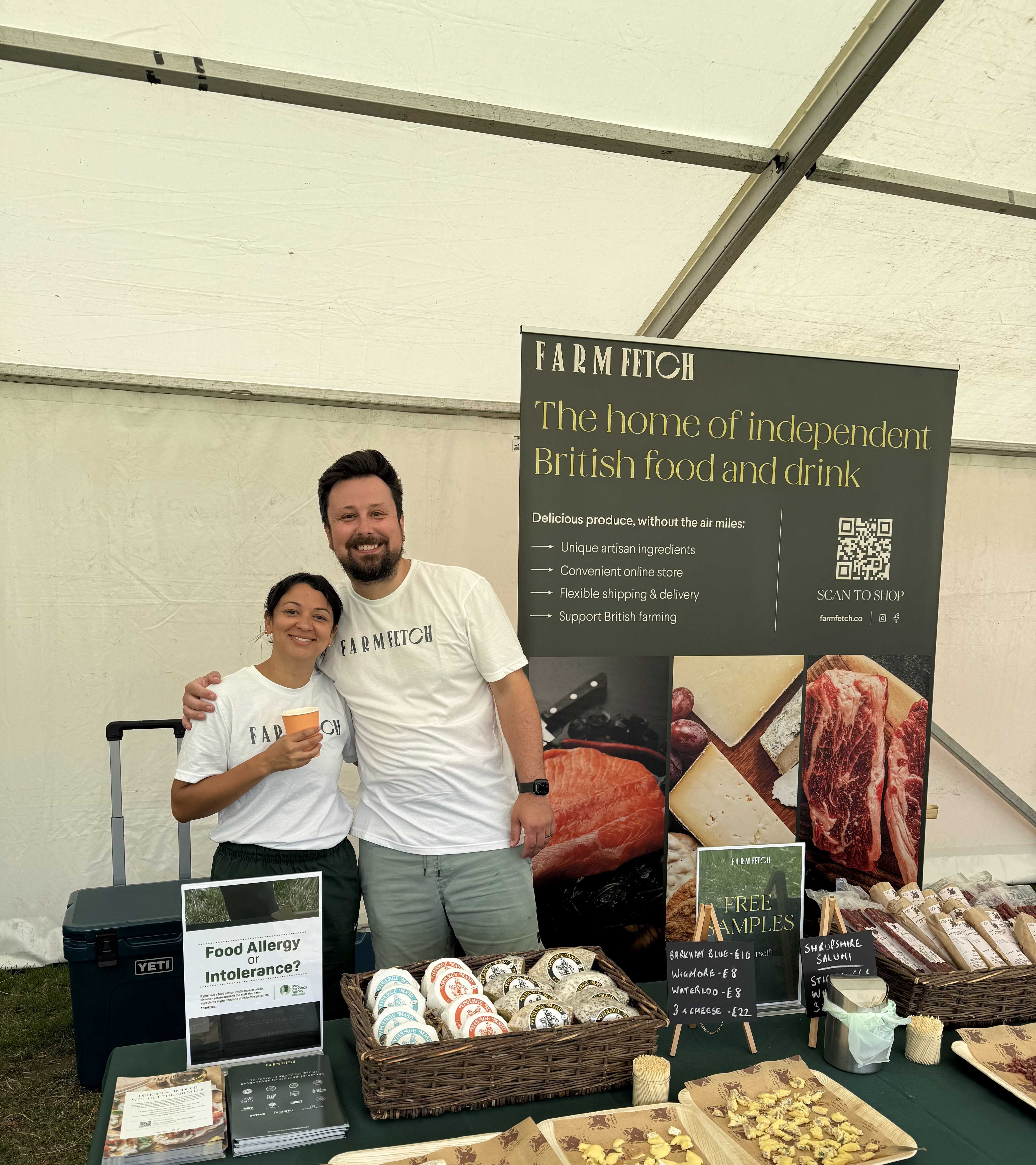Most people don’t quit something because it’s failing. They leave because it’s working—but only just. A project that eats weekends, drains savings, and gives just enough back to keep hope alive. There’s a weight in that middle place—when things are growing, but slowly; when the future seems clear, but the present is still hungry. For founders bootstrapping a consumer business, that stretch feels especially sharp. Lauren Johnson Ginn and her co-founder Dan are in that place now. Just over a year into running Farmfetch, their online marketplace for premium British food, they’re focused on reaching scale without losing control. The idea took shape in 2023, after years working in digital marketing. The co-founders spotted a growing appetite for ethical, local food—and saw how little infrastructure existed to connect those buyers with independent producers. That gap became their opportunity.
“We use our own money, so it has to count.”
“We don’t hold stock. We don’t warehouse. The producers fulfill orders directly,” Lauren explains. That decision—a dropship-style marketplace model—keeps their overhead low but adds complexity on both sides. “We had to build both a network of producers and a customer base from zero,” she says. At launch, that meant emailing farmers and producers, DMing on Instagram, even approaching vendors at food festivals. Today, over 100 British suppliers are on the site, many of them award-winning. But supply was only half the job. “The priority now is growing revenue,” she says. “That’s what makes it worthwhile for our producers to stay.” With thin margins, high customer acquisition costs, and seasonal buying cycles, timing and efficiency matter. “We’re constantly testing things. Some don’t work, and we roll them back,” Lauren adds. “But that’s part of doing it bootstrapped. You have to get really good at deciding what’s worth spending on.”
.png)

.jpg)
.jpg)
%20(1).jpg)
.jpg)
.jpg)
%20(1).jpg)


.png)